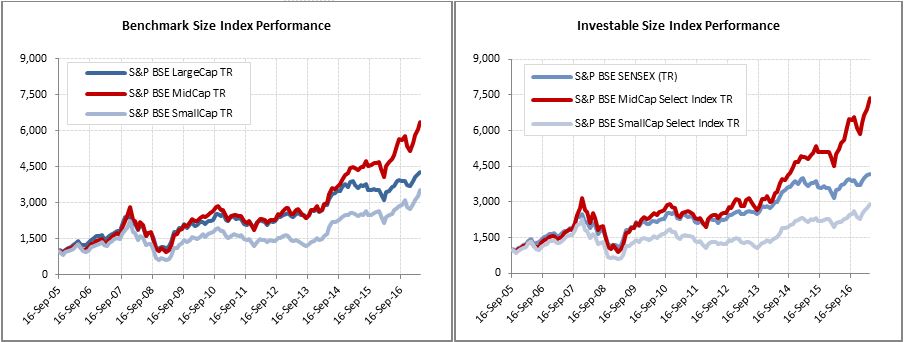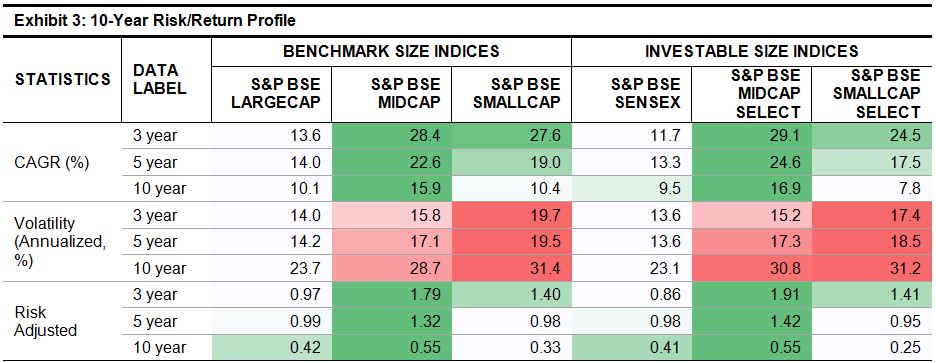Since the U.S. election, a degree of optimism over potential business-friendly legislation – ranging from tax reform to infrastructure spending – has played a significant part in sending benchmarks such as the S&P 500 to new all-time highs. Whether this optimism will be justified by actual legislation, of course, is a different issue.
At a minimum, recent political developments have the potential to distract the attention of the Trump administration and U.S. Congress, at least in the near term. But their greater consequence is uncertain. For example, how should we interpret the fact British bookmakers are offering better-than-even odds on Trump failing to complete a full first term, when the same sources told us Trump had an 80% chance of not being President in the first place?
Both equity and volatility markets provide an inconclusive verdict. The S&P 500 fell by 1.8% yesterday: this was the biggest daily move since November, but definitely “small potatoes” within a broader historical context. Far more dramatically, the VIX soared by over 46% yesterday: a huge swing and among the largest daily changes so far this decade. Yet the gain was only large in percentage terms; VIX remains well below its long-run average, having risen from near-record lows.
In fact, things are looking a little nervous in U.S. equities … but not yet anywhere near panic. The VIX futures curve gives a broader perspective:

The VIX futures curve is typically upward sloping in the shorter maturities, i.e. VIX futures normally trade at a higher price than the underlying index, especially when the VIX is low. Indeed, at no point since 2007 has there been a VIX below 16 accompanied by a front VIX future more than a whole point below it – until yesterday, when the VIX closed at 15.59, while the June future closed at 14.23.
This rare occurrence suggests that the current volatility spike is being treated by market participants as a temporary repricing, instead of a structural regime change.
The posts on this blog are opinions, not advice. Please read our Disclaimers.












